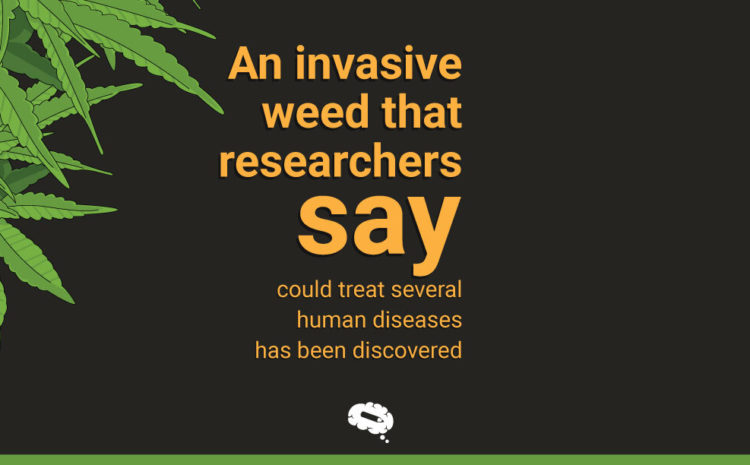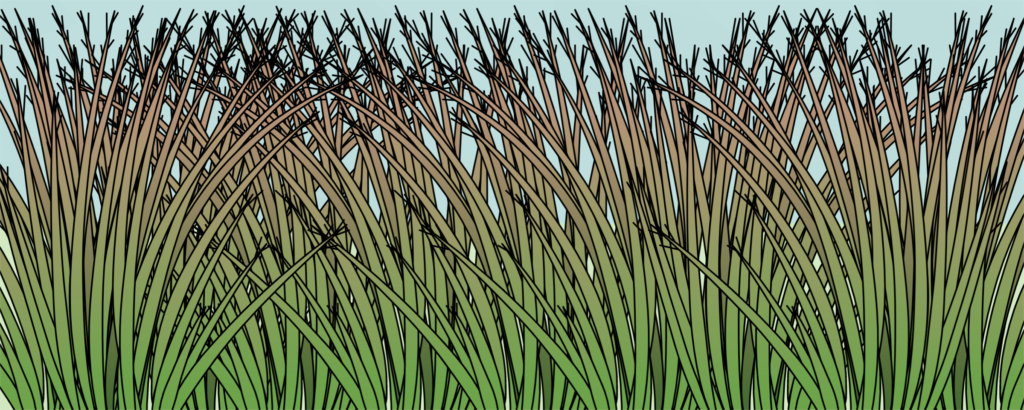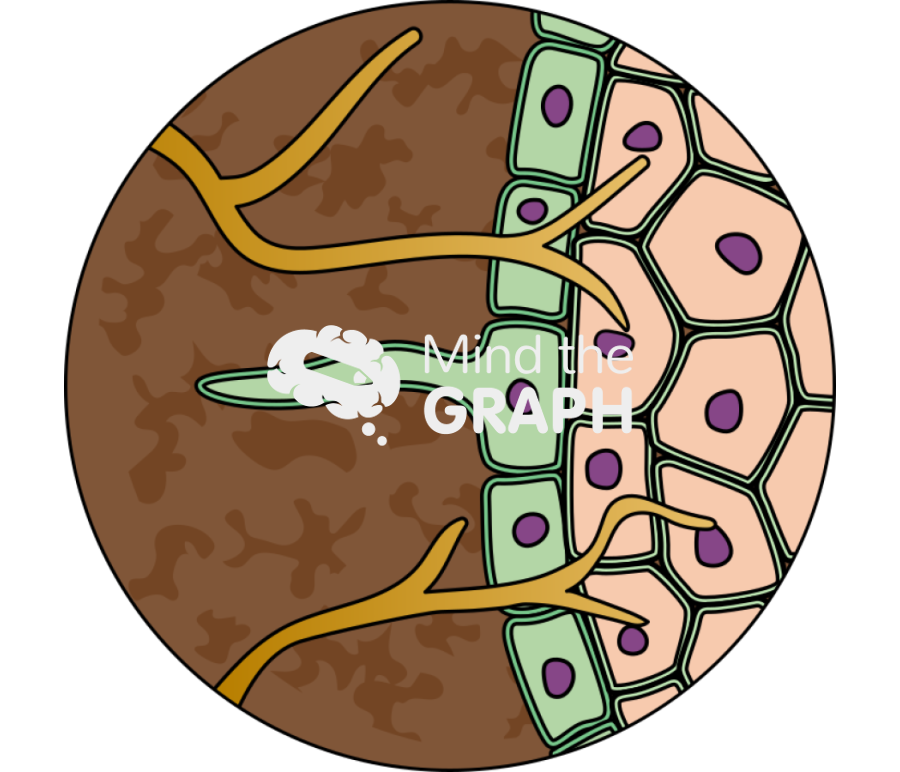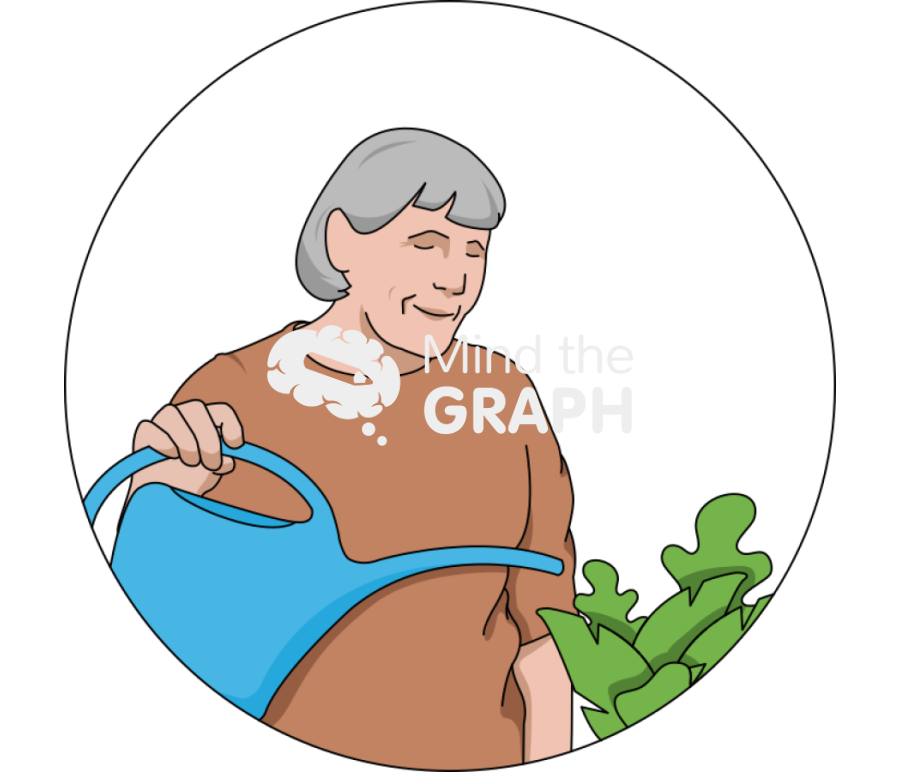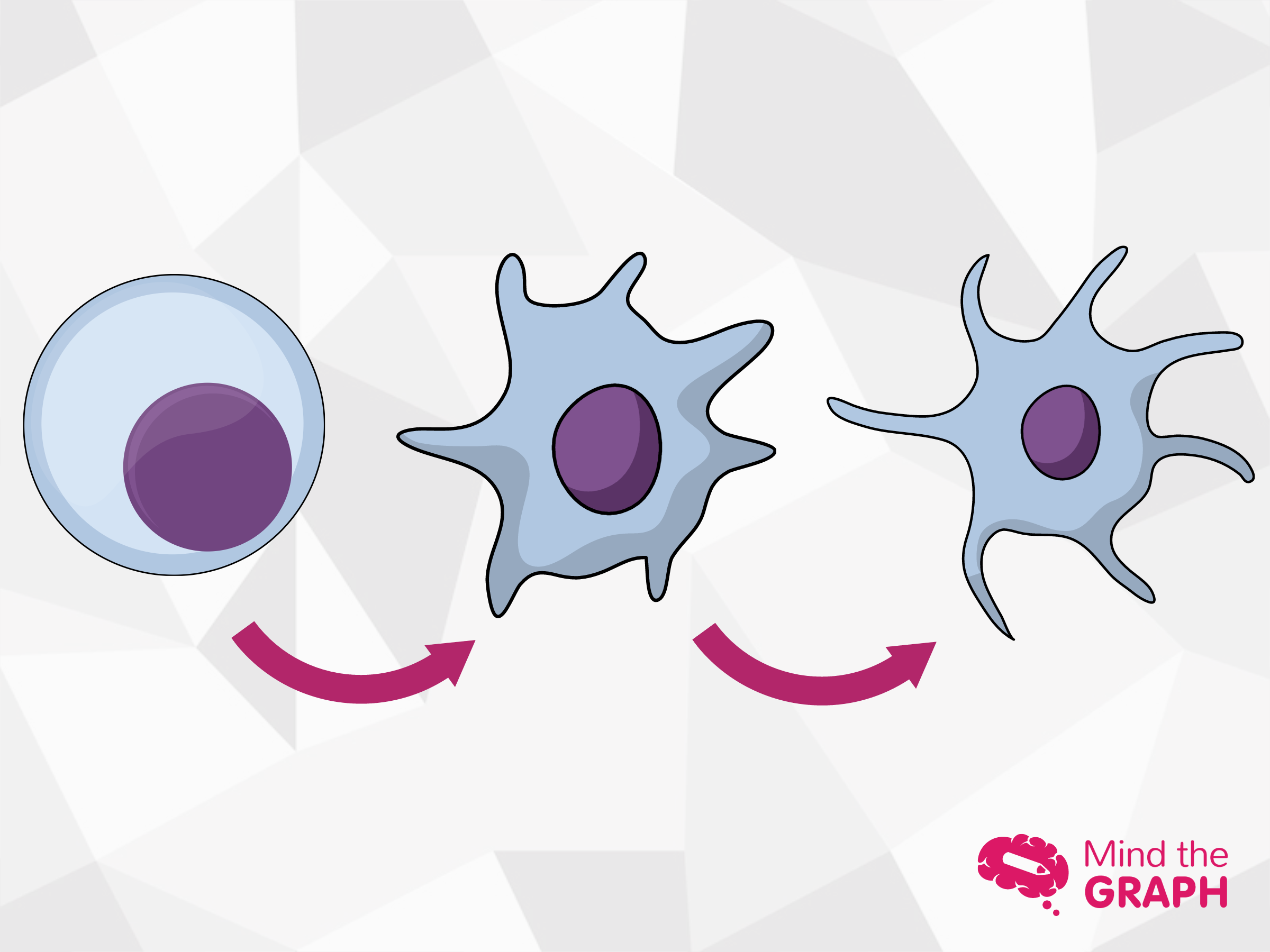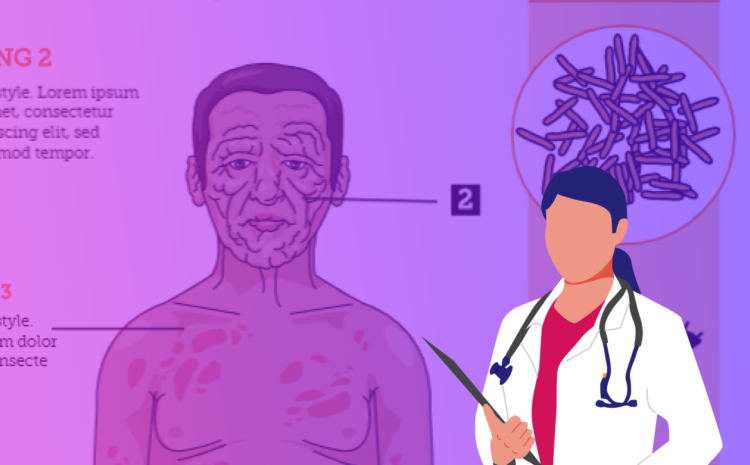The plant
The active component of Andropogon virginicus seems to be capable of reducing complications related to diabetes and cancer, according to research from around the world. Invasive weeds like Andropogon virginicus jeopardize agricultural production and economic growth worldwide. As of now, no solution has been devised that could efficiently utilize and deal with this plant. These researchers examine Andropogon virginicus extracts and highlight their potential as a plant breeding and medicinal remedy for diseases such as type 2 diabetes and blood cancer. This provides benefits to both crops and people. Researchers discovered that the weed had high levels of flavonoids. There is a substantial antioxidant and anti-inflammatory activity in these plant chemicals.
Andropogon virginicus species widely distributed throughout the world
Being a herbaceous perennial C4 plant, it is described as an invasive species. Several A. virginicus plants grow close together and reach a height of 210 cm. In some parts of the world, such as Europe, this species is sold commercially, although generally, it is not considered important for the economy. Moreover, A. virginicus’s strong invasive capability puts biological diversity at risk. A. virginicus is also a problematic plant in horticulture due to its vigorous and prolific growth. Given the difficulty of controlling A. virginicus and its myriad potential threats, research on this invasive species has been scant.
It is yet to be determined whether there is an effective strategy to suppress the invasiveness of A. virginicus and harness its benefits for humans.
Thus, it is imperative to manage this natural resource effectively, especially because there are a number of other plants that have potential therapeutic uses, which makes this a promising field of research.
The researchers, then, found that this plant merited further study and identified some potential benefits from this species of plant.
Andropogon virginicus in a New Light
Based on the results of this experiment, the concurrent effects of antioxidants, anti-tyrosinases, anti-α-amylases, and cytotoxicity were investigated for A. virginicus, a weed whose invasive nature once was considered a problem. Chemical composition is largely responsible for the biological activities of plants. In order to determine plant bioactivity, phytocompounds must be detected and identified. This study investigated the total phenolic (TPC) and flavonoid (TFC) content of the plants. TPC and TFC are highest in ethyl acetate of all fractional extracts. Flavonoids and flavonols dominated the analysis of the extract.
There is a correlation between TPC, TFC, and that A. virginicus has antioxidant properties. The ethyl acetate extraction and total crude extract of A. virginicus have anti-tyrosinase abilities in addition to their antioxidant properties. Flavonoids may be a major contributor to this ability.
Plant chemicals bonded to free radicals, protecting cells against damage when these chemicals were applied to a spectrum of cell lines. This inhibits a protein called tyrosinase at the skin level to prevent age spots.
Aside from potentially contributing to a healthier body, this bond protects against the knock-on consequences of cellular action, which could lead to type 2 diabetes.
Additionally, the researchers administered these derived chemicals to cell lines with chronic myelogenous leukemia, a rare condition affecting the blood. It was observed that the extract killed the cancer cells.
Among the results of this study are several promising and positive outcomes. Findings of this magnitude are significant. A functional pharmaceutical will be developed once these compounds have been further tested for therapeutic effects.
The invasive nature of Andropogon virginicus is at odds with the fact that its extracts show tremendous promise as antioxidants, diabetes inhibitors, anti-tyrosinase, and cancer-fighting agents. Their study proved that taking the time to observe the good in the bad is always worthwhile.
If you would like more details about their research, please see the reference given below.

Subscribe to our newsletter
Exclusive high quality content about effective visual
communication in science.

